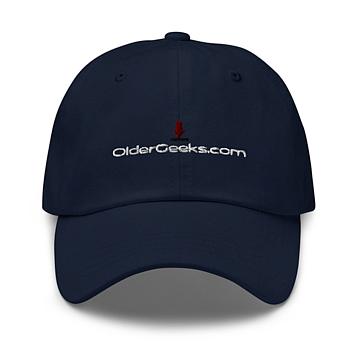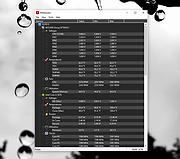Buy our over-priced crap to help keep things running.




















| Files | ||||
| File Name | Rating | Downloads | ||
| HWMonitor v1.58 HWMonitor v1.58 A free hardware monitoring program that reads PC systems main health sensors : voltages, temperatures, fans speed. The program handles: • CPU and GPU-level hardware monitoring • LPCIO chips with monitoring features (ITE® IT87 series, Winbond® and Nuvoton® ICs) • memory modules with thermal sensors • SSD / hard disks via S.M.A.R.T. • batteries • and more ... Changes: v1.58 June 05th, 2025 AMD Radeon RX 9060 XT (Navi 44). NVIDIA RTX 5060 (GB206). This download is for the Windows 32bit/64bit version (very bottom of page). If you need the Windows ARM64 version, download here. Click here to visit the author's website. |
 |
6,426 | Jun 13, 2025 CPUID  |
|
| Showing rows 1 to 1 of 1 | Showing Page 1 of 1 | 1 |
OlderGeeks.com Copyright (c) 2025